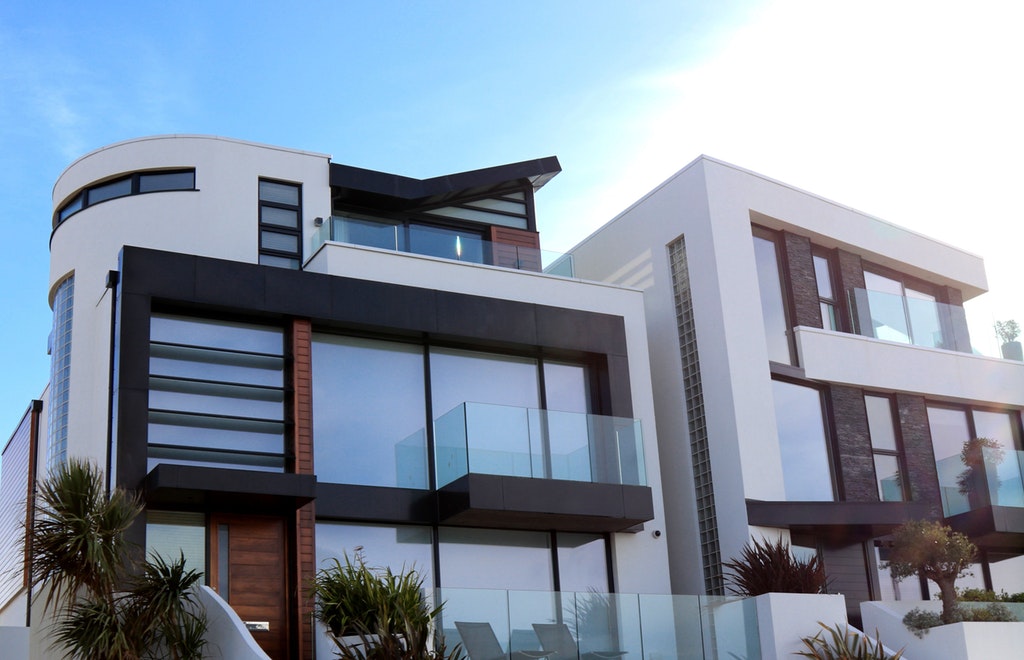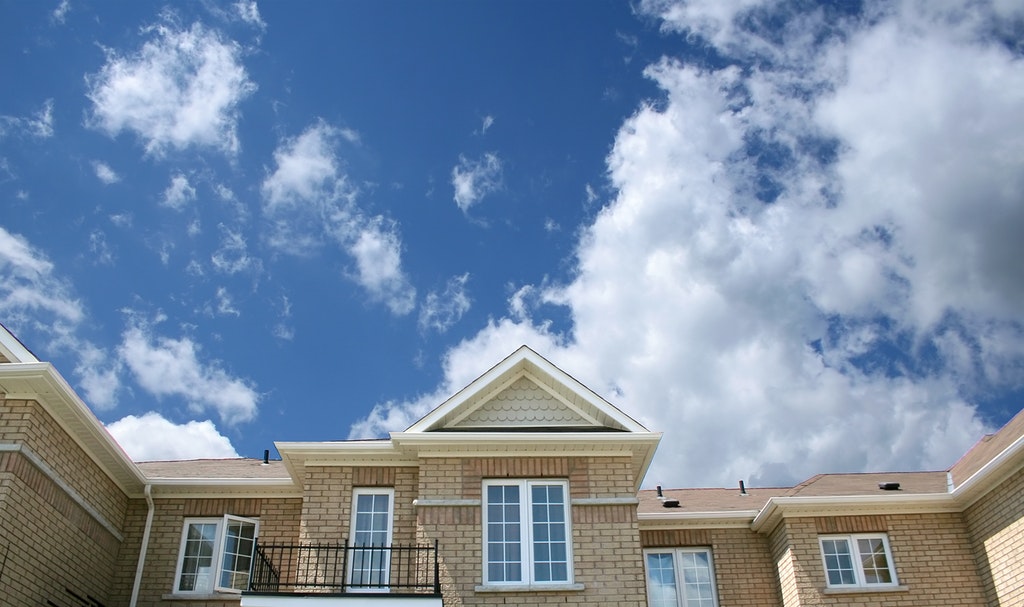The increased efforts for environmental conservation have spread to different sectors including construction. Green buildings are the latest trends in reducing human carbon footprints. Leadership in Energy and Environmental Design is a rating program that certifies the energy efficiency of houses, commercial premises, and other buildings.
An LEED home not only saves money by reducing the amount of power used but also contributes to a healthier environment. LEED certification falls under five categories including “Homes” with four levels in each that is the Silver, Gold, Platinum, and Certified. Homeowners reach these different classes of certification by earning points depending on distinct items and design of their homes.

Home Rating System
Before you can find out what to do to achieve certification, understand how the program rates residential properties. Qualified builders, architects, and engineers came together to develop standards for green buildings in the ’90s. A LEED certification requires a home to have an efficiency of between 40-49% minimum. The next level of certification is the Silver standard, which requires 50-60% efficiency, followed by 60-80% for Gold and homes with an efficiency of above 80% fall into the Platinum category. The level of certification all depends on the preferences of the homeowner so be clear about how much work you intend to put into your home.
Finding LEED Consultants and Builders
Property owners should work with LEED consultants, and that can be an architect, builder, or interior designer. Many professionals in the construction industry are getting LEED certification. An expert will tell you which elements matter and how much improvement your home needs to reach the necessary standards.
Note that a green home and a LEED home are not the same things. LEED certification looks at how a building utilizes all its aspects including the construction materials, air, and water while a green home focuses on reducing energy costs. Some elements that LEED certification looks for include;
- Better water efficiency
- Reduced energy usage
- Quality of indoor air
- Low rate of waste emission into the surroundings
- Use of recycled materials and sustainable products
- Sustainable landscaping
- Proximity to public services and facilities like schools, stores, and medical centers
Working on these features will get your home closer to being certified.
Home Scoring Evaluation and Certification
Homeowners have to take a home scoring evaluation when trying to get LEED certification. This score will tell you how well your house satisfies the requirements of the USGBC and which areas to work on. If it’s the central heating and cooling system, get a LEED certified HVAC contractor to install the right appliances. Find out which kind of insulation best suits the established standards.
Depending on the state of your home, working towards LEED certification may demand significant renovations, not just fitting new appliances and electrical fixtures. After finishing the improvement project, a LEED inspector conducts a thorough evaluation, gives a score, and awards the rating then the property goes into the official database of LEED homes.
The upsides of LEED certification for your home cannot be exaggerated enough. However, a homeowner should know the different aspects of LEED certification and their costs. Conduct research before beginning so you can learn about the best professionals to work with and how to keep costs reasonable when undertaking this project.

